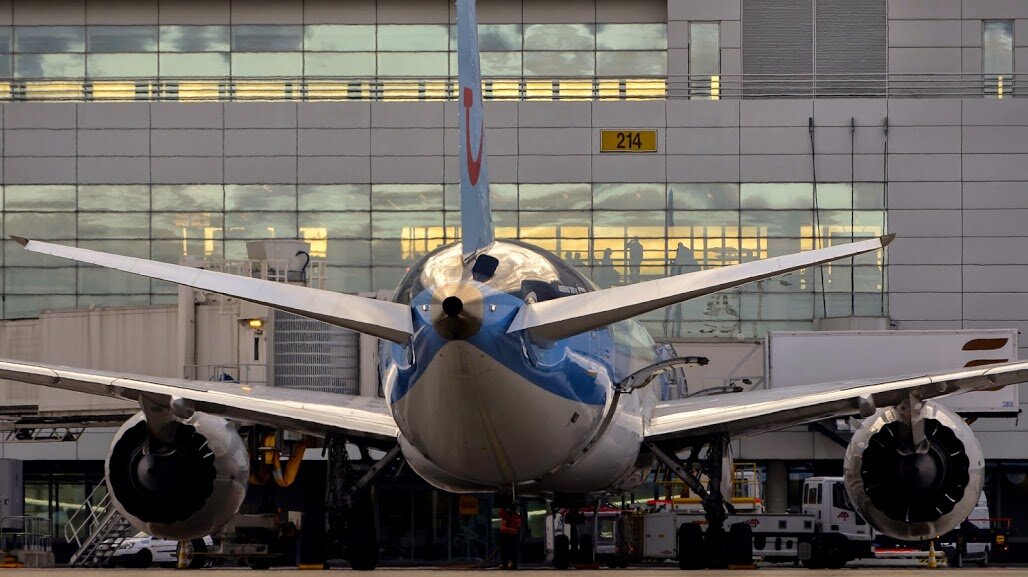Published Articles

This is Why No Airport Privatization in the U.S.
I was President and CEO of Airports Council International – North America (ACI-NA) for eight years, from July 1, 2005 through June 30, 2013. During those eight years, I had more conversations than I could possibly count with people who wondered why airport privatization has not taken off in the United States. Many of these conversations were with people heavily involved in running or financing privatized airports around the world. Many were held with U.S. colleagues who thought privatization would provide benefits. In the world’s largest economy, and primary bastion of capitalism, airport privatization has remained the rarest of infrastructure animals. Why?

Climate Change Impact on Aviation: What You Need To Know
There are fundamental differences in how climate change impacts airports. Airports are operationally different from, say, power stations or seaports. For example power stations are intrinsically enclosed facilities; their encasement against external elements is relatively straightforward. With seaports, appropriate walls or physical barriers can be erected to shelter against potential increases in rough seas or in sea-levels.
For airports, it is not possible to simply build physical barriers to close them off against adverse atmospheric effects that may afflict flight operations.

Airport People Power: Diversity
This is part three of a series where I explore concepts associated with people management, inspired by Greg Principato's post on the key concern of airport executives: people. Part one is on discipline and part two on development.
So far, we’ve discussed people management techniques that apply to your current workforce. This article relates more to building or replenishing your team in a way that should see its output increase. It is also a relatively controversial concept.
The reasons why workforce diversity is still a “special interest” activity rather than part of our “day to day” varies. It is likely to be a combination of poorly implemented corporate policy, fearful entrenched management and, even cultural prejudice (be it racism, sexism, agism, etc.). It might also be because diversity interventions can conflict with a person’s morals and values.

Airport People Power: Development
This is part two of a series where I explore concepts associated with people management, inspired by Greg Principato's post on the key concern of airport executives: people. The first article in the series looked at discipline.
There seem to be a million internet memes on developing your staff with the “what if we don’t and they stay” posting on LinkedIn on a seemingly four-week cycle. So, it seems almost needless to discuss why we need to invest in our teams but we will, briefly, and then will move into some ideas on development that won’t break the bank.

Airport People Power: Discipline
This is part one of a three part series on approaches to airport people power inspired by Greg Principato's post on a key concern of airport executives: people.
At some point in the careers of most airport managers, the job becomes less about technical expertise and more about leading people. There are plenty of books on leadership, business and management by more eloquent, intelligent and talented people than this author. But in recently building a new airport team and operating model in a challenging regional airport environment, three areas of focus came to the fore.
The first of these is operating discipline. This area is, by far, the most foundational. It takes significant work to set up but it has a long lasting effect.

Public Private Partnership (PPP): How to Get to Transaction Close
In my first article Public Private Partnership (PPP): What You Need to Know, I explained the role of Public Private Partnerships (PPP) and their significance in the development of airports. The activity involves consolidating numerous variables, and disparate interests and motivations into a single working framework i.e. the Airport Master Plan. In this article, I will outline the process that enables these variables to be rationalised and how the PPP mechanism is kick-started.[1]

Public Private Partnership (PPP): What You Need to Know
Airports that are well and professionally-run generally present themselves as attractive assets. They become even more valuable if they can also make business sense and demonstrate profitability as operational enterprises in their own right.
Being both operationally efficient and profitable is an enviable state for a modern airport to be in; where operational capacities are in equilibrium with profit generation; where there is sufficient plough-back potential to make the airport asset self-sustaining and viable as a going-concern. In the context of an airport, this self-sustainability exemplifies “value”; it demonstrates continuity and an airport’s ability to catalyse the local economic multiplier.

A-CDM Affairs: Avoiding Loss of Attention Span 2
This is part 2 of my non-exhaustive debrief of Eurocontrol's A-CDM workshop, held in September 2015. In part 1, A-CDM Affairs: Avoiding Loss of Attention Span 1, among other things: patience getting rewarded ultimately, the green dots on the implementation status chart, the introduction of A-CDM in the ICAO world, and the long awaited benefits study.
